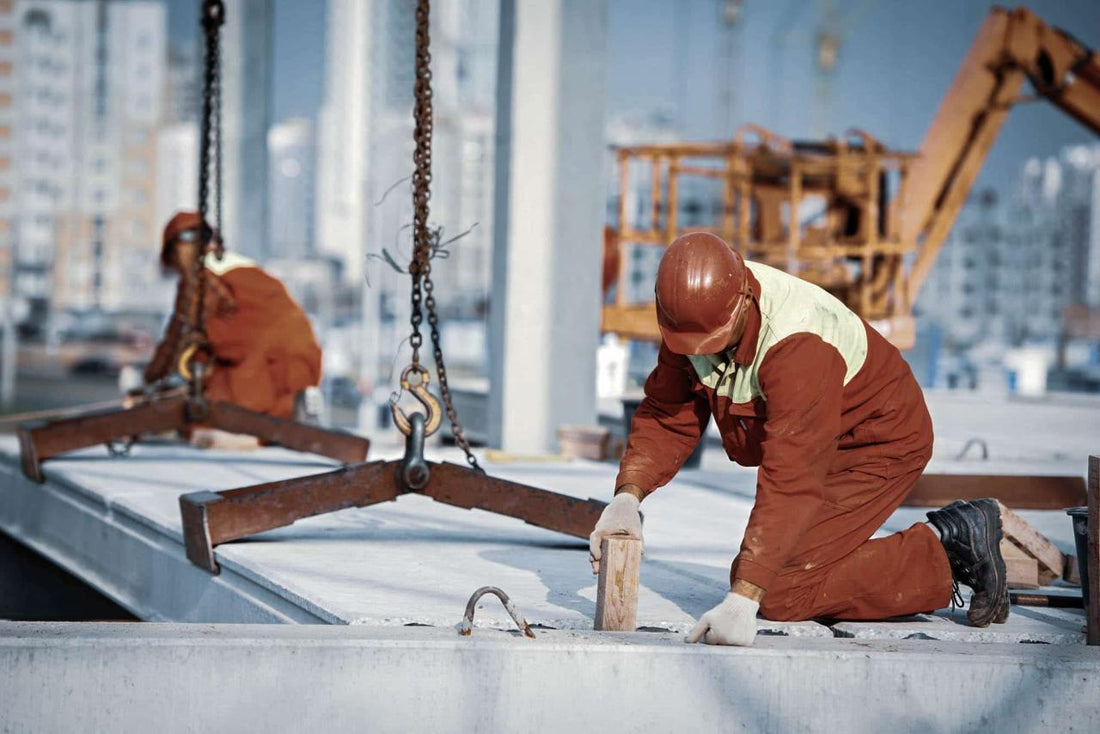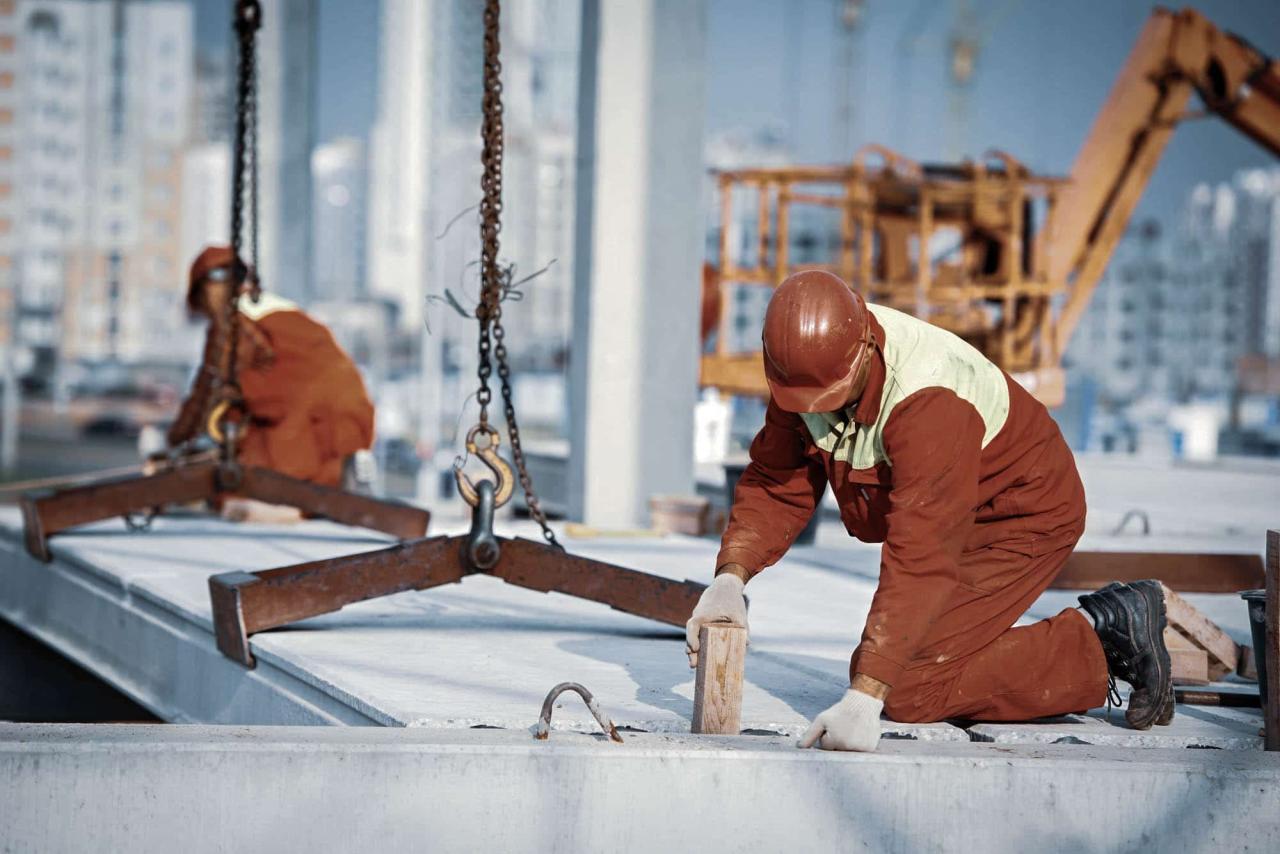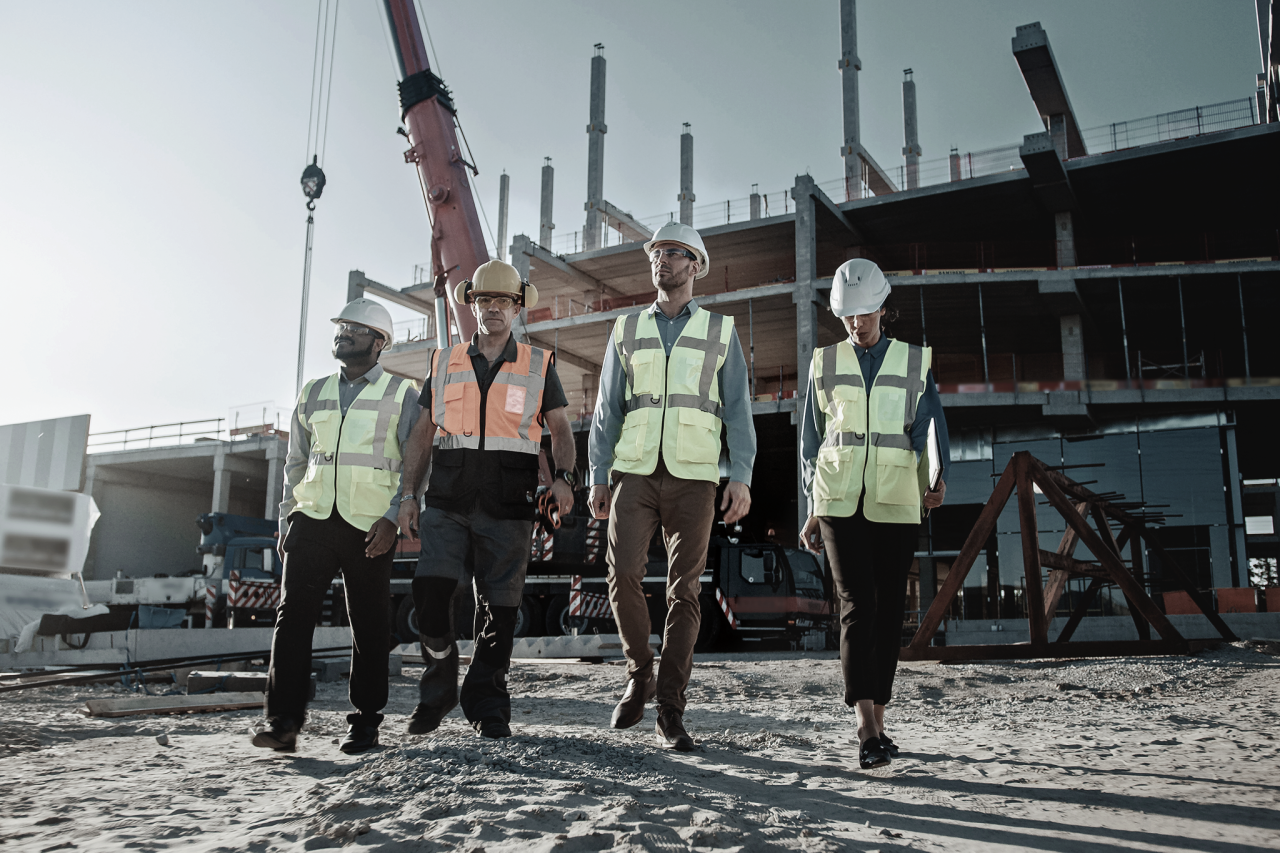The construction industry has a unique problem when it comes to calculating and improving labor productivity: each project consists of a wide variety of tasks that differ from location to location.
However, even with this challenge, there are some methods for calculating labor productivity in construction.
3 Strategies for Calculating Labor Productivity in Construction
Labor output per day in construction is a common way to calculate labor productivity by measuring how much work is performed per day. However, there are various opinions about which factors affect labor productivity and the best way to monitor it.
These are the three main ways to calculate, measure and track labor productivity in construction:
1. Calculation of labor productivity with gross value added
A report by Whole Life Consultants Limited determined that the best way to measure labor productivity as a whole is using gross value added (GVA) – total labor output minus purchased services.
According to this report, factors that affect productivity include internal and external factors – factors that your organization can control and others that it cannot.
Internal factors that affect labor productivity include:
- The time spent on each activity
- The experience and skill level of workers
- Planning and scheduling practices
- Avoidable delays
External factors that affect labor productivity include:
- Supply chain issues
- Economic changes
- New laws and regulations
- Rival companies
2. Calculation of labor productivity by creating a benchmark
A study from Carnegie Mellon University (CMU) suggests measuring and tracking work productivity by creating a baseline level of productivity for common tasks. It's a simple but effective method: determining how long it takes a given number of workers to complete a given task and using it as a benchmark for future projects.
However, this does not take into account the working conditions of a project. CMU suggests estimating factors related to working conditions for each project and creating a sliding scale – the labor productivity index – to compare productivity between projects.
This study divides labor productivity into three categories:
- Job characteristics (experience, skill level, leadership, motivation, etc.)
- Working conditions (accessibility of the location, availability of labor, complexity of work, etc.)
- Non-productive activities (rework, delays, absences, etc.)
3. Calculating labor productivity with the 17-factor model
The University of Warsaw created a labor productivity formula made up of 17 factors. And although researchers agree that there is no completely accurate way to explain the unique characteristics, abilities and preferences of each worker, this mathematical model is quite efficient.
It takes into account the human factor and the different things that affect the productivity of a construction worker, analyzing five categories:
- How each worker spends their time outside of work
- Weather conditions at the workplace
- Psychological conditions that affect every worker
- Organization, management and safety on the construction site
- Other factors, including the day of the week and the implementation of new technologies
3 ways to increase labor productivity in construction
It's important to look at labor productivity from the right perspective – although employees and contractors are responsible for achieving their organizational goals, they are not necessarily to blame for low labor productivity.
Improving labor productivity in construction starts by analyzing why it is low:
1. Understand why labor productivity is low
It's not hard to assume that your labor productivity is low because of your workers – they're lazy, they're always late, they're not qualified, etc. However, most of the time this is not the case; your employees are likely highly skilled and hard-working.
Start investigating the external factors that may be affecting your sites' productivity. Are workers waiting for materials to arrive, someone to repair their equipment, other crews to complete their tasks, etc.?
Visit locations with low labor productivity, monitor activities and look for ways to increase inefficiencies and make improvements for your workers.
2. Set realistic goals and work on communication
Setting goals that are unrealistic for your employees can directly impact your work productivity – workers feel the need to rush, which leads to errors and delays. Creating achievable goals also helps employees feel personally accountable, increasing confidence and productivity on construction sites.
But goals mean nothing without effective communication, which significantly impacts your work productivity. Communication allows workers to complete their tasks efficiently and adequately explain any on-site problems to management to resolve what is causing decreased work productivity.
3. Invest in construction management software
One of the best ways to improve work productivity is with the right technology to help your construction company manage its projects. Ideally, this software should enable easy, real-time communication between teams – both in the office and in the field.
A unified system to connect your teams, automate reporting, stay on schedule, and reduce administrative burden is the key to improving construction labor productivity.



